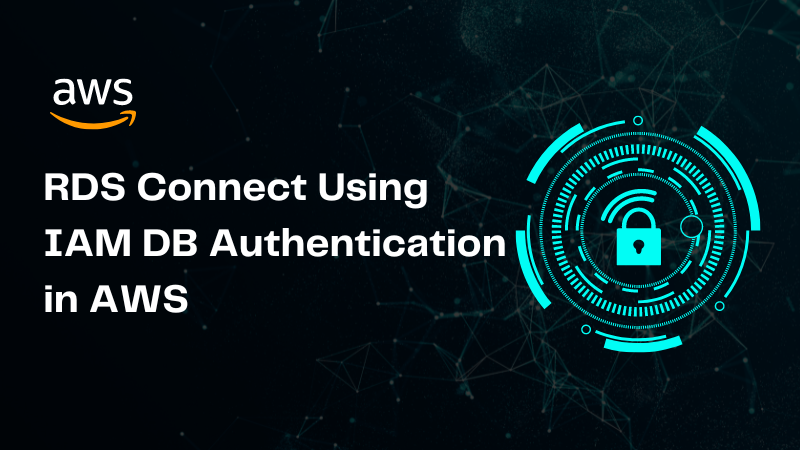
Connect Your RDS Using IAM DB Authentication in AWS
Security is a major concern when managing AWS databases. Amazon Web Services (AWS) offers multiple ways to secure your databases, and one of the best ways is by using AWS Identity and Access Management (IAM) for database authentication. IAM DB Authentication, as it is called, enables you to securely communicate with your Amazon RDS databases without having to deal with conventional username/password combinations.
Understanding IAM DB Authentication
The IAM DB Authentication feature allows you to authenticate to your RDS database by using IAM roles and policies, thereby removing the need to store database credentials in the application, which can lead to more secure infrastructure.
Benefits of Using IAM for Database Authentication
Using IAM DB Authentication offers several advantages:
How does IAM DB Authentication Work?
IAM DB Authentication works by generating authentication tokens that clients use to connect to the database. These tokens are short-lived and are generated by the AWS Security Token Service (STS). Here's a high-level overview of the process:
Prerequisites for IAM DB Authentication
Before you can start using IAM DB Authentication, ensure you have the following:
How to Enable IAM DB Authentication on RDS
To enable IAM DB Authentication on your RDS instance, follow these steps:
Creating and Managing IAM Roles and Policies
Create an IAM role that your application can assume. Attach a policy that allows the role to connect to your RDS instance. Here’s how:
Modifying RDS Instance for IAM Authentication
Ensure your RDS instance is configured to use IAM authentication. You can do this by modifying the instance settings as described earlier.
Creating an IAM Database User
Create a database user that will be authenticated using IAM:
领英推荐
Generating IAM Database Authentication Tokens
Generate authentication tokens using the AWS CLI:
This command returns a token that you can use to connect to your database.
Connecting to the Database Using Tokens
Use the generated token to connect to your RDS database. For example, if you're using MySQL Workbench:
Monitoring and Auditing IAM DB Authentication
Regularly monitor and audit authentication attempts:
Integrating IAM DB Authentication with Applications
Integrate IAM DB Authentication with your applications to enhance security:
Limitations of IAM DB Authentication
There are some limitations when you use IAM database authentication.
We recommend the following:
Summary and Final Thoughts
Using IAM DB Authentication for your RDS databases significantly enhances security by eliminating the need for traditional username and password pairs. By following best practices and regularly monitoring access, you can ensure your database connections remain secure.